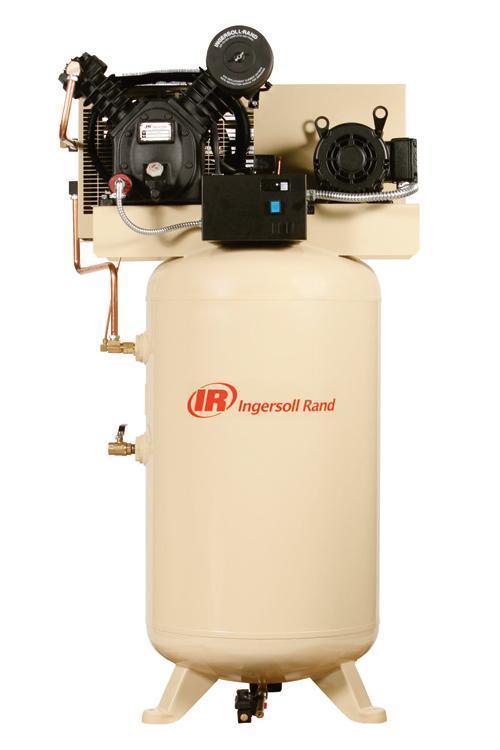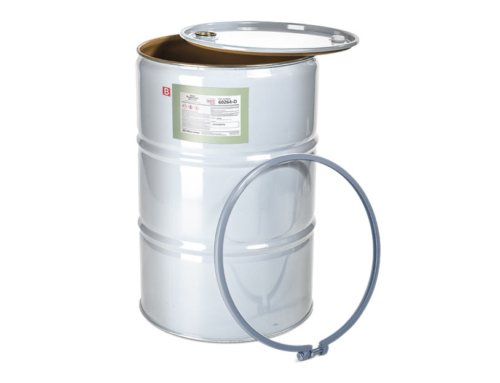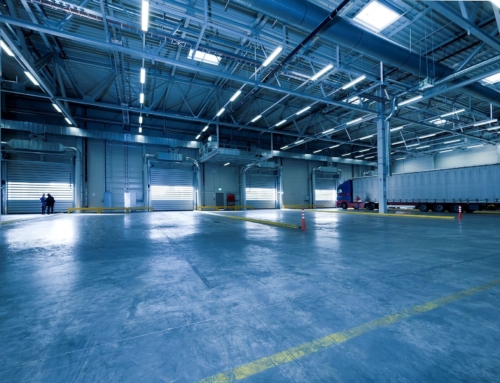
Now that you’ve invested in an air compressor to run all of your spray equipment and air tool components, you’ll need to know how to best keep it up and running. Since the standard handyman’s air compressors don’t typically require daily maintenance, it’s easy to forget about them and neglect their upkeep. This can be a costly oversight so it is vital to keep an eye on your system by following these maintenance tips:
Maintenance Checklist
Maintenance Tip 1: Read Air Compressor Manual
There’s going to be some simple tips in there that will help you vastly increase the life of your air compressor. A lot of it is very simple stuff that you might have never thought to do unless you read it.
Maintenance Tip 2: Drain Moisture From Tanks
The receiver tank collects moisture from the air that it’s compressing, especially in a humid climate. Most tanks have a valve for draining this moisture that accumulates and it’s up to you to make sure that these are drained regularly. Before draining the water, be sure to release the air pressure from the tanks. Even auto-drain tanks should be checked monthly.
By Bill Kalthoff, Technical Service Representative

Now that you’ve invested in an air compressor to run all of your spray equipment and air tool components, you’ll need to know how to best keep it up and running. Since the standard handyman’s air compressors don’t typically require daily maintenance, it’s easy to forget about them and neglect their upkeep. This can be a costly oversight so it is vital to keep an eye on your system by following these maintenance tips:
Maintenance Checklist
Maintenance Tip 1: Read Air Compressor Manual
There’s going to be some simple tips in there that will help you vastly increase the life of your air compressor. A lot of it is very simple stuff that you might have never thought to do unless you read it.
Maintenance Tip 2: Drain Moisture From Tanks
The receiver tank collects moisture from the air that it’s compressing, especially in a humid climate. Most tanks have a valve for draining this moisture that accumulates and it’s up to you to make sure that these are drained regularly. Before draining the water, be sure to release the air pressure from the tanks. Even auto-drain tanks should be checked monthly.
Maintenance Tip 3: Clean Intake Vents
If the air compressor is forced to work too hard to intake air, power will be lost on your compression. This will gradually degrade the quality and functionality of your air compressor. Be sure to keep your intake vents as clean as possible and check them regularly.
Maintenance Tip 4: Tighten All Fasteners
The air compressor is a running, vibrating engine that will loosen its screws, nuts and bolts over time. Be sure to check these periodically and tighten them as needed.
Maintenance Tip 5: Check Hoses Regularly
Check all hoses periodically as they are the veins of your air compressor. If they become cracked or corroded, they could eventually leak and put undue strain on your entire system. Replace any faulty hoses.
Maintenance Tip 6: Test Safety Shutdown System
Some air compressors may have a built-in safety shutdown. The function of this system is to shut off the compressor if it’s becoming too hot or if the engine’s oil pressure is too low. Test the safety shutdown system according to your system’s manual so that you can be sure it functions correctly when needed most.
Maintenance Tip 7: Check & Change Air Filters
Dirty air filters impair air compressors by allowing dirty air from the outside in and forcing the compressor to work harder to intake air. Just as you would with a vehicle, check the air filters regularly and change them if you notice a heavy buildup of dust, dirt, and other debris.
Maintenance Tip 8: Clean Fuel Tank
As with any engine, it’s essential to periodically clean out the fuel tank to ensure optimal operating conditions. The air compressor’s engine should be cleaned once yearly to remove any residual build up.
Maintenance Tip 9: Check & Change Compressor Oil
If the air compressor uses oil to run, it should be checked daily to make sure that it’s topped off. Change oil as needed to ensure maximum functionality.
Maintenance Tip 10: Change Separator Element & Clean Heat Exchangers
The separator element prevents the excessive use of oil but it needs periodic replacement. Keep the air compressor in good condition by replacing the separator as needed and clean the exchangers regularly.
Maintenance Tip 11: Check Collection Filters
All other collection filters in your system should be checked for moisture and oil each month and cleaned or replaced as needed.
Maintenance Tip 12: Lubricate Often
Your spray equipment has several lubrication ports on them. Recirculation valves, agitators, spray guns and air or electric tools require frequent lubrication to run efficiently and reliably.
More Quick Tips
With this handy supplied air maintenance checklist, you’ll find more time to spray great quality Rhino® liners and spend less time and money buying spare parts or reworking your liner. Keep an updated maintenance log to help conduct all necessary equipment upkeep on a regular basis. Likewise, request our Quick Tip Sheets from the Rhino Linings technical support staff as they suggest when to do all types of additional maintenance.





Leave A Comment